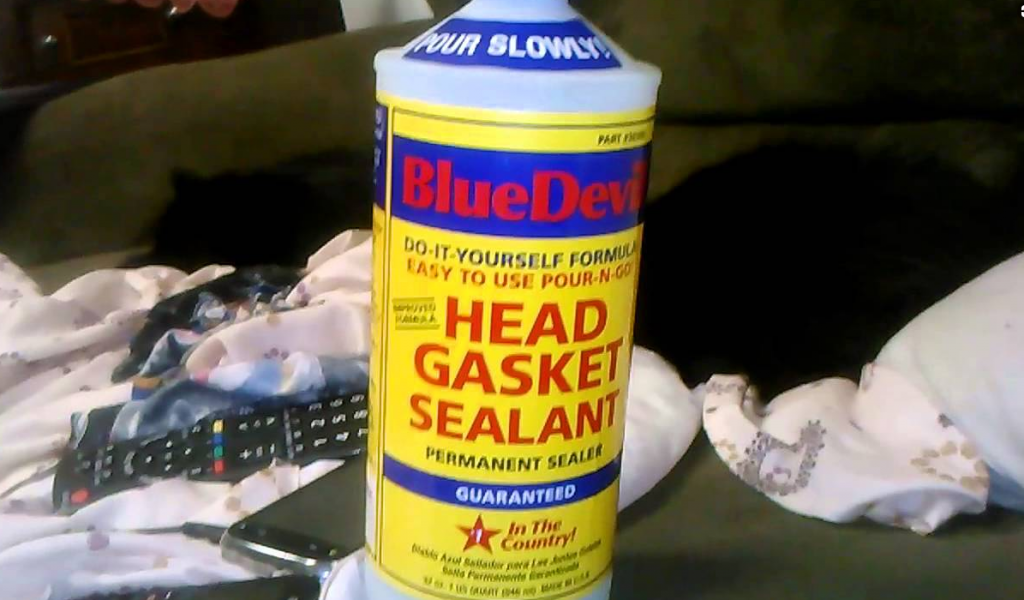

24 to 48 hours of air dry cure time is recommended. Then you leave it open to the air so that it can cure. You then drain it from the system and rinse with water to get all non-accumulated solution out of the system. Given enough time it forms a smooth surface over everything. When you circulate the Ceramic Motor Seal solution with heat it very slowly accumulates at an almost microscopic level to all the surfaces it contacts. If you pour it into an anti-freeze mixture it will turn to goo and eventually into stone.Īnd if you spill any on painted or chrome surfaces it will damage them if it dries. Unlike a typical radiator stop leak product Ceramic Motor Seal must be used with caution or you could cause very real and expensive damage to a vehicle.įirst of all, Ceramic Motor Seal is not compatible with Anti-Freeze. Sealing of a leak, but also the added cooling benefits of a fully coated cooling system.


Just by removing the engine anti-freeze and adding the Ceramic Motor Seal solution and running the vehicle for several hours the same benefits could be given to that in-chassis motor. Many years later it was discovered that Ceramic Motor Seal could be used to repair a coolant leak in an engine that was in chassis. This proved to be a very successful solution to a nagging problem. Now, after a rebuild the block and head could be pressure tested and if they failed that test the rebuilder could circulate heated Ceramic Motor Seal and get the pressure test to pass with flying colors.

#Engine block sealer that works professional
Marketed to the Engine Rebuilder Professional along with an external circulating pump that both pumped and heated the Ceramic Motor Seal solution, Irontite had solved a troubling problem that rebuilders had been struggling with. Minor in that they don’t cause a structural problem, but could allow for coolant seepage and added turbulence to the flow of coolant. After rebuilding an engine there could be areas where the cooling system may weep around replacement sleeves or bearings.Īlso, there could be minor cracks from the fatigue of the casting. Designed for the Engine RebuilderĬeramic Motor Seal was originally designed with the engine rebuilding in mind. Sometimes as much as 15% better cooling ability. Sometimes referred to as “liquid glass” this is used to coat the walls of the cooling system.įilling in cracks and metal porosity making a “smooth as glass” coating that not only seals but also promote better coolant flow. One such product like this that is still readily available is Irontite Ceramic Motor Seal. This kind of technology has been around since the 50’s or maybe even longer. Adding " Blue Devil" sealer or any other non-approved chemicals to a motor vehicle is not necessary, a waste of money, can be dangerous (destructive) to the engine and may void the new car warranty.Unlike a typical radiator stop leak product, a cooling system sealer works to fully coat and seal your cooling system all over. It's up to you to decide which is the best head gasket sealer.ģ Answers. There may be other head gasket sealants that work just as well as Bar's Leak. Similarly, how long does head gasket sealer last? Coolant diluted by oil does not properly cool your engine. Even if you only run it for 5 minutes at a time, a head gasket leak can cause coolant loss, oil loss, loss of both, and mixing of the two. But it could kill your engine VERY quickly, and that could put you in a bad place. The best kind of oil stop leak is one that does not have particulates to clog your engine or petroleum distillates to deteriorate the existing seals.Īdditionally, will head gasket sealer ruin an engine? Not directly. These types of stop leaks work in theory but, in the long run, do more harm than good.


 0 kommentar(er)
0 kommentar(er)
